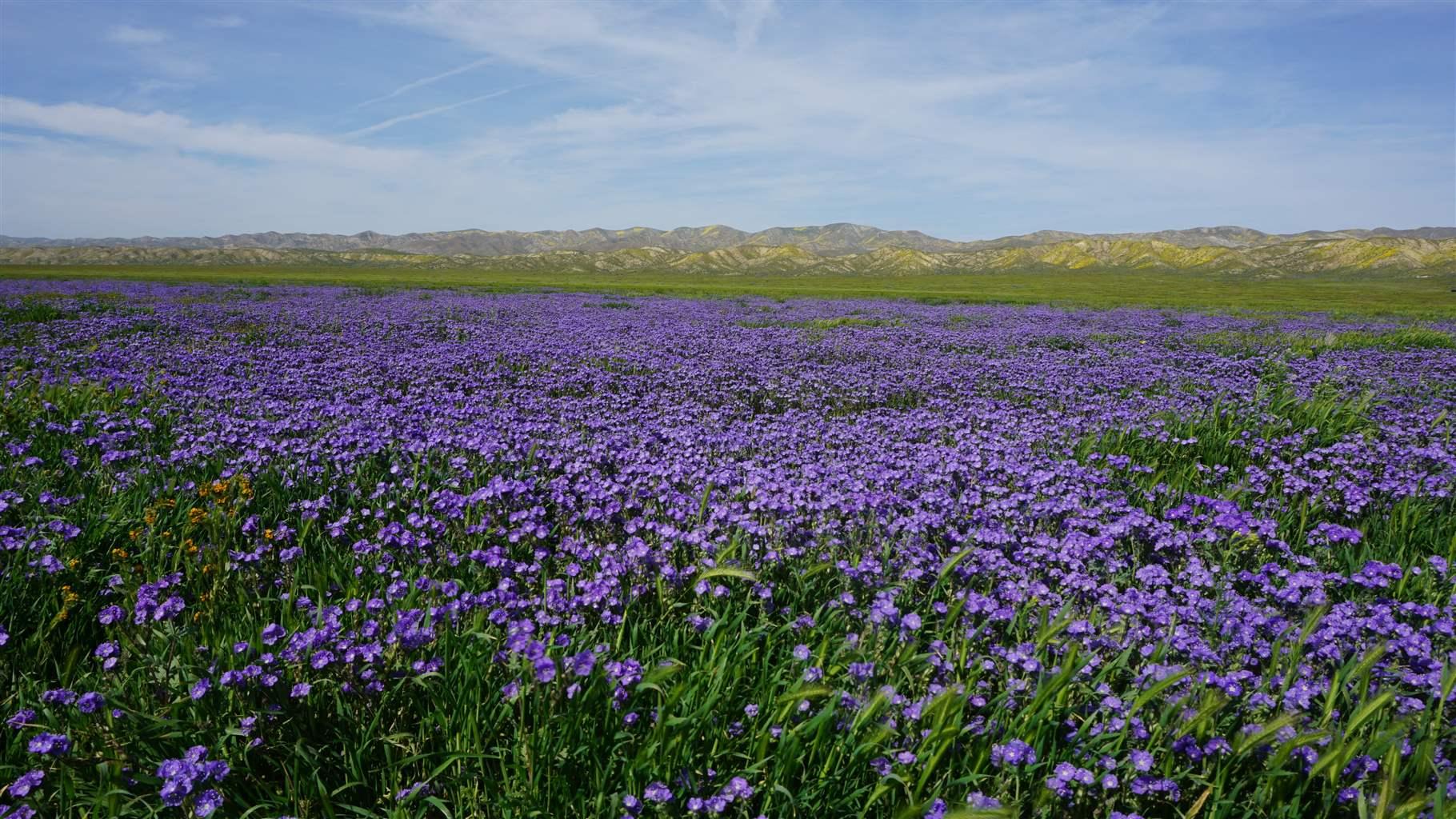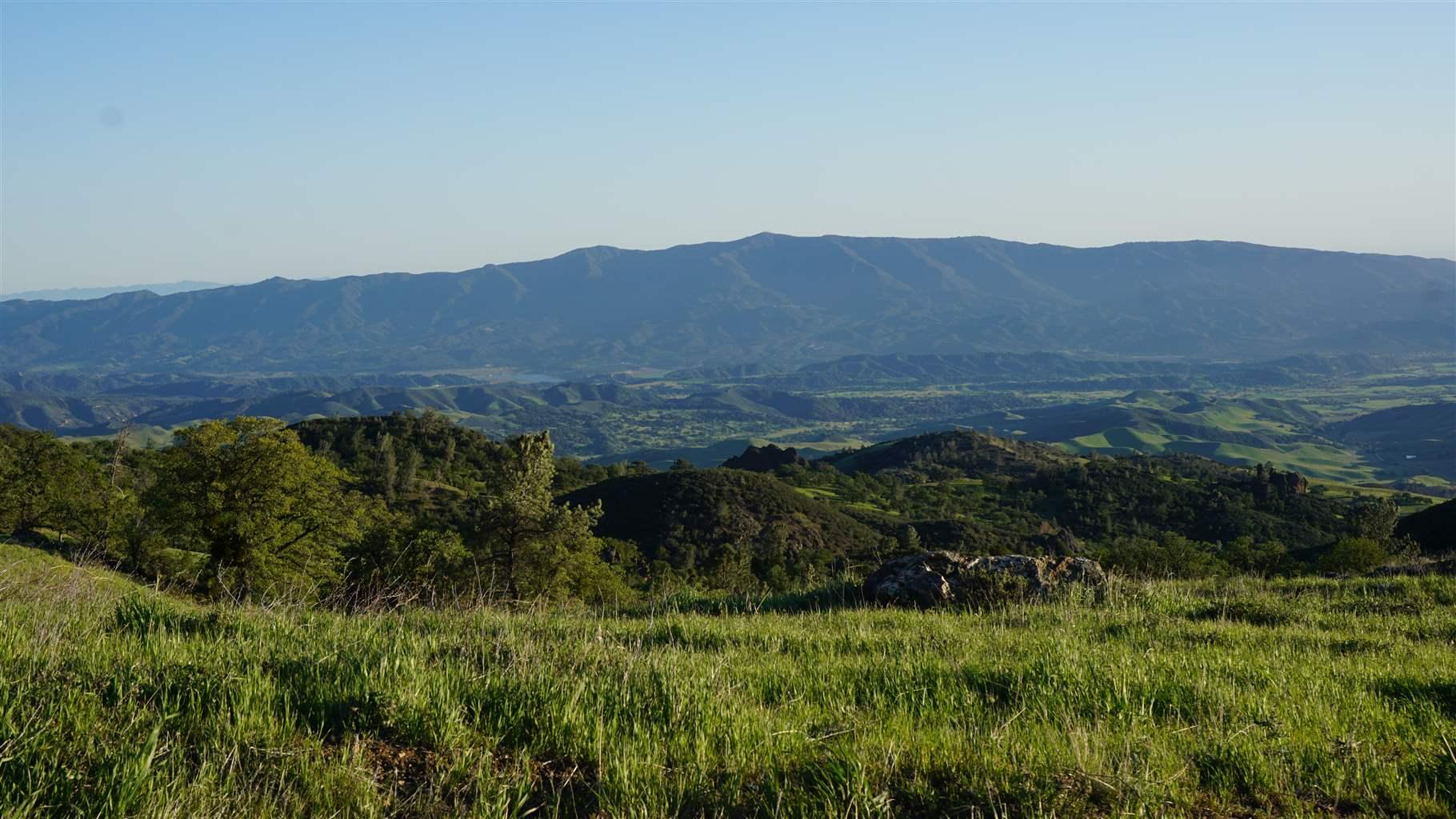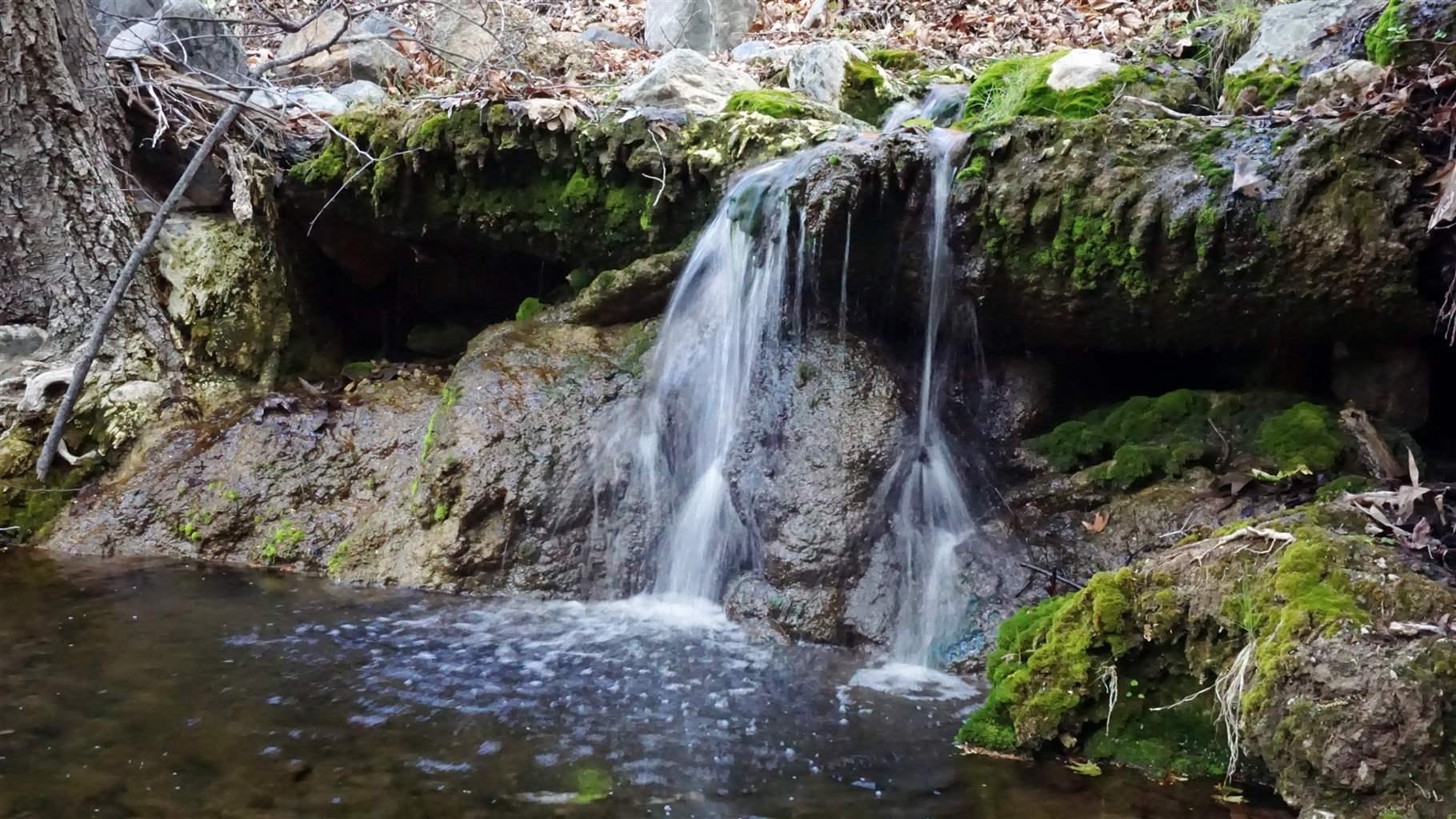Remarkable California Lands and Rivers Would Gain Protection Under U.S. Bill
Wilderness measure would boost Central Coast economy and outdoor recreation

On California’s Central Coast, the area between Los Angeles and San Francisco, grassland, semidesert, and redwood forest intersect, supporting 468 animal and more than 1,200 plant species. Twenty-six of these flora and fauna species are threatened with extinction, including the San Joaquin kit fox, California condor, Indian Knob mountain balm, Southern California steelhead, California jewel flower, yellow-billed cuckoo, Arroyo toad, and San Luis Obispo fountain thistle.
In the southern half of the Central Coast the Los Padres National Forest and Carrizo Plain National Monument attract visitors from around the globe, and are important to the region’s tourism industry. These public lands are also threatened by resource extraction and road development, and the resulting habitat fragmentation and degradation. Protecting them will help maintain the quality of life in the region and boost prospects for a vibrant economic future for local communities. According to a 2017 report by the Outdoor Industry Association, outdoor recreation generated $92 billion in consumer spending in California and is directly responsible for 691,000 jobs in the state.
That’s why local residents and elected leaders have sought additional safeguards to make sure that some of the more extraordinary lands and rivers within the national forest and monument receive permanent protection as wilderness and wild and scenic rivers.
On April 10, Representative Salud Carbajal (D-CA) and Senator Kamala Harris (D-CA) introduced The Central Coast Heritage Protection Act, which would designate more than 244,909 acres of wilderness, two scenic areas encompassing 34,882 acres, and 159 miles of wild and scenic rivers in this region.
The wild and scenic river designations would help conserve headwaters of the rivers and aquifers that provide drinking water to communities in Ventura, Santa Barbara, and San Luis Obispo counties— among the last places in Central and Southern California not dependent on the state aqueduct, which carries water from the Sacramento-San Joaquin Delta to Southern California.
The legislation would also safeguard the 400-mile-long Condor National Recreation Trail, which is designed to link the northern and southern portions of Los Padres National Forest. This designation would create a recreational opportunity unlike any other in coastal California. The trail runs along California’s coast mountain ranges from Los Angeles County to Monterey County, where the northernmost point of the national forest is located. This stretch is one of the few places in the world where a visitor can view desert species growing alongside giant redwoods, and as a result is a major tourist draw.
The legislation’s growing list of supporters includes more than 500 businesses, farmers, and ranchers, as well as outdoor educators, civic organizations, recreation and community leaders, mountain bikers, equestrians, and trail maintenance groups. The Pew Charitable Trusts is working with these local supporters to realize the decade-long dream of achieving protections for these outstanding natural areas.
John Gilroy directs The Pew Charitable Trusts’ U.S. public lands and rivers conservation program.














